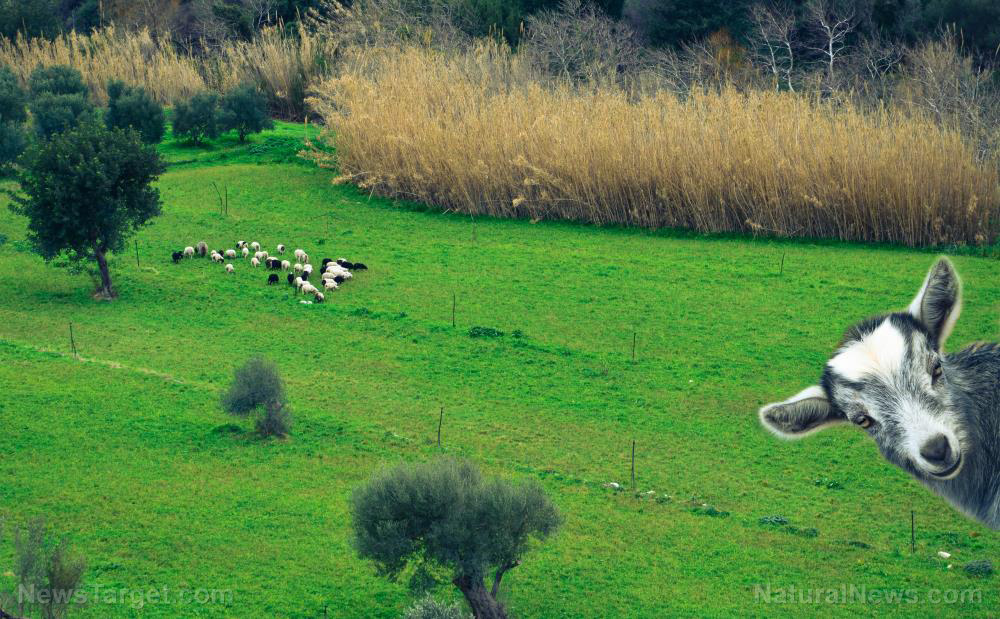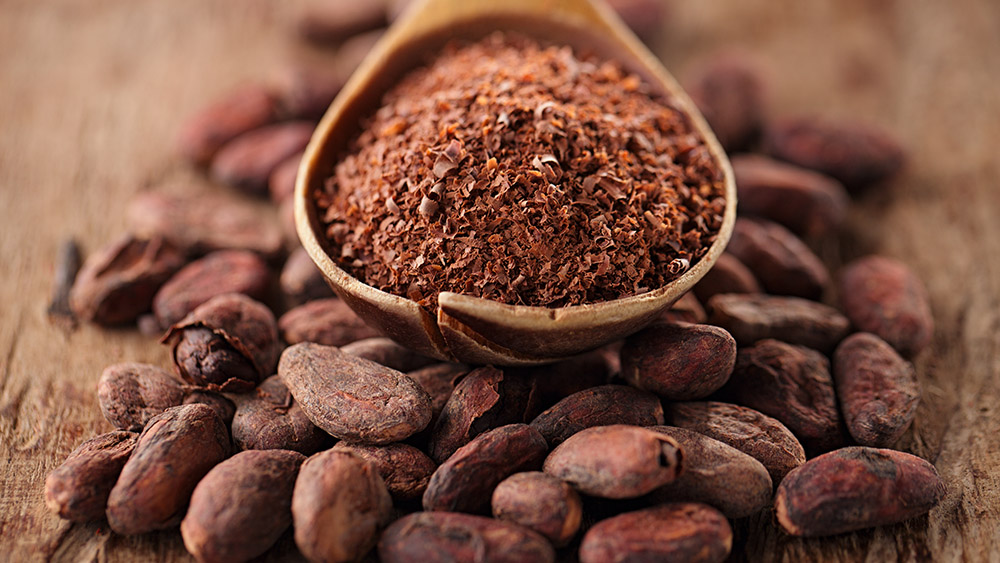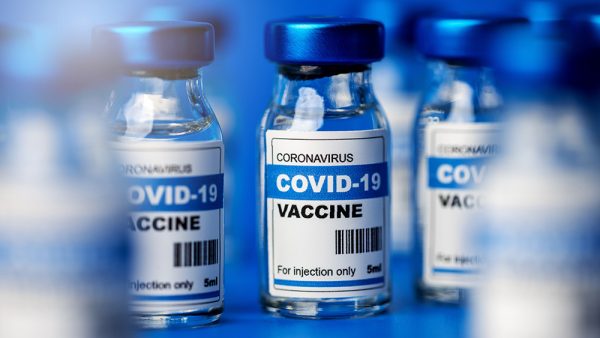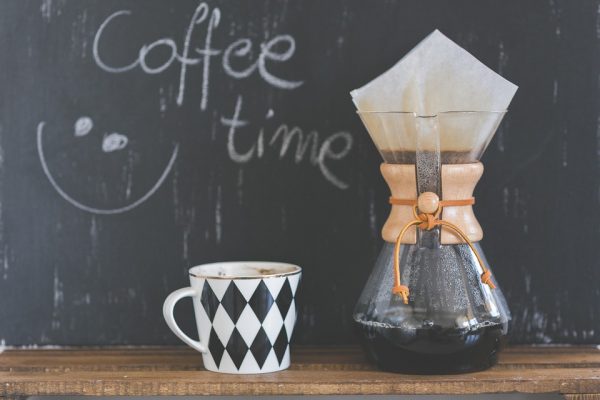Home gardening tips: A beginner’s guide to composting
By zoeysky // 2022-05-06
Tweet
Share
Copy
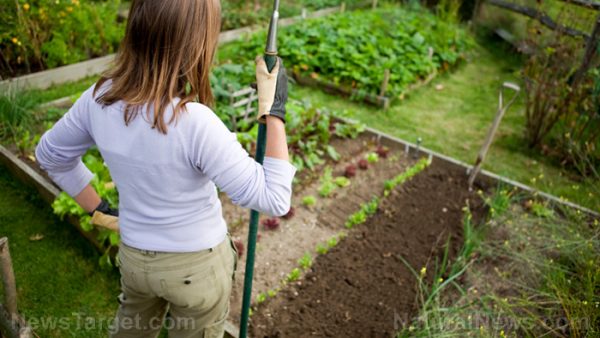
Composting at home is good for your garden, the soil, your crops and the planet. It is a great way to repurpose food waste and improve soil quality in your home garden. If you're curious about composting, read on for tips on how to get started. (h/t to Milkwood.net)
Composting refers to the process of actively feeding many microorganisms the right ingredients in the right amounts so they can multiply and produce nutrient-rich humus called "compost." Once you have compost, you can use it to improve soil quality and grow healthier plants.
Addressing food waste with composting
Food waste is a worldwide problem. Unfortunately, it starts where the food is grown. Data suggests that at least 25 percent of all vegetables produced don't even leave the farm. Once the food reaches consumers, a lot of it still gets thrown away. In Australian households, families throw away a shocking 3.41 million tons of edible food annually. Most of the food that's thrown away also goes straight to landfills where it rots and becomes anaerobic. This means the organic material is turned into the greenhouse gases methane and carbon dioxide. Methane is 25 times more harmful to the atmosphere than carbon dioxide. Food waste also causes issues with odor, leaching, attracting vermin and is a potential source of disease. This is where composters can help.The benefits of composting
Compost helps produce healthy soil, healthy food, healthy humans and less food waste. Aside from improving soil quality, composting also helps lock up carbon in the soil. First, compost creates humus, which consists of long chains of carbon atoms that last a long time in the soil. When compost is added to soil, the soil becomes healthier with improved structure and increased biological activity. This means the plants growing in soil with compost become healthier and their capacity to photosynthesize is increased so they can capture and sequester more carbon from the air and store it in the soil. The cycle continues: When you eat healthy food from healthy soil, you can use the food scraps to make more compost. (Related: Home gardening basics: How to remove worms from your compost pile.)Composting dos and don'ts
Composting may seem confusing, but you can get used to it once you learn what to do and what not to do. First, learn what can go inside your compost bin. There are different systems, techniques and recipes to make compost, but they all have four ingredients in common: carbon materials, nitrogen materials, water and air. Carbon materials are dry and brown like straw, dead leaves, shredded office paper or newspaper with soy-based inks, sawdust and cardboard. Don't use glossy paper for your compost. Nitrogen materials, meanwhile, refer to fresh materials like food waste, green grass clippings, some animal manures and seaweed. You need to learn which carbon and nitrogen materials are safe to put in a home compost, and how to mix them up at an appropriate ratio to keep the compost microorganisms healthy. Almost all kinds of food scraps can be used as a valuable source of nitrogen for your compost bin, tumbler or bokashi bin, but there are some things to avoid. Food scraps you can add to a compost- All fruit and vegetable scraps
- Bread
- Coffee grounds and tea leaves
- Cooked leftovers
- Crushed eggshells
- Dairy
- Nut shells
- Small amounts of meat (Remove big bones.)
- Small amounts of cooking oils
- Citrus skins – Don't add too many citrus skins because they can make your compost too acidic.
- Large bones – Large bones take a long time to break down.
- Teabags – Many teabags contain polypropylene plastic to keep the tea bags from falling apart. If you're using teabags, get a plastic-free brand or use loose leaf tea.
- Wood ash – Wood ash from a fire is an alkaline material. Adding in a small amount is fine, but using too much can make compost too alkaline for general food production, which should be around a neutral pH of 6.5.
- Aged sawdust
- Brown cardboard.
- Newspapers that use soy-based ink
- Shredded office paper
- Straw
- Diseased plants
- Plastics
- Ivy, gorse, thistles, twitch grass and other runner grasses and weedy plants
- Comfrey, dandelion, plantain, stinging nettle and yarrow are compost activators or nutrient-dense ingredients that you can add to your compost system in modest amounts.
- Add small amounts of "rock dust" to remineralize the soil. You can get rock dust from nurseries and some quarries. Use a quality product that’s specifically for food production.
The compost "carbon to nitrogen" ratio
Compost contains both nitrogen or "green" ingredients and carbon or "brown" ingredients. With the exception of worm farms, most compost systems require a carbon to nitrogen ratio of about 25:1 or 30:1. For best results, learn how carbon-y or nitrogen-y different compostable materials are so you know how much of each to add to your compost bin to create a thriving environment. The table below shows which things are very high in nitrogen, and carbon. Format = Inputs – Carbon to nitrogen ratio- Fish guts –10:1 (Very high in nitrogen.)
- Chicken manure – 10:1
- Mixed, fresh food scraps – 15:1
- Fresh grass clippings – 15:1
- Fresh cow manure – 17:1
- Fresh horse manure –27:1
- Pea straw – 40:1
- Wheat straw – 50:1
- Newspaper – 60:1
- Cardboard – 100:1
- Draw Sawdust– 200:1 (Very high in carbon.)
Compost bin options
Compost needs to be stored in a compost bin so you can build your compost pile and store food waste and other organic materials while they’re composting. Here are three types of compost bins that suit different reasons in different contexts: Black compost bin Black compost bins sit directly atop the soil and are popular because they are easy to use. These bins are a cold compost (mesophilic) system that are smaller than one cubic meter. How to use a black compost bin:- If you have a small compost bin, layer carbon and nitrogen materials. Start with a 15-cm layer of carbon, then add a seven-cm layer of nitrogen (like mixed food scraps). Repeat until the bin is full.
- Add water between each layer as you go.
- When the compost bin is done, every time you put a bucket of food scraps in add two buckets of carbon materials too.
- Don't add weedy or diseased plants to a cold compost system.
More related stories:
Homesteading 101: Using chickens to help manage your compost. Top 6 organic fertilizers for your garden. For the organic farmer: Grow healthier plants with organic fertilizer mixed with compost tea. Sources include: Milkwood.net EPA.gov Learn.Eartheasy.com Brighteon.comTweet
Share
Copy
Tagged Under:
preparedness environment prepping organic farming prepper compost homesteading green living off grid tips home gardening composting harvest gardening tips how-to goodpollution
You Might Also Like
Devastating fire at historic Oregon flour mill causes more flour supply interruptions
By Cassie B. // Share
Mainstream media downplays good news at Australia’s Great Barrier Reef
By Mary Villareal // Share
DIY cleaning supplies: 3 Simple recipes for homemade cleaning products
By Zoey Sky // Share
Recent News
Chocolate fountain of youth? Cocoa compound tied to youthful cells
By willowt // Share
The Soul vs. The Machine: A preview of the AI-ruled future where humans are obsolete
By ramontomeydw // Share
Tesco's Aubergine Katsu Bao Buns RECALLED over allergen labeling issue
By oliviacook // Share
Caffeine myths debunked: What science really says about your daily coffee habit
By patricklewis // Share


